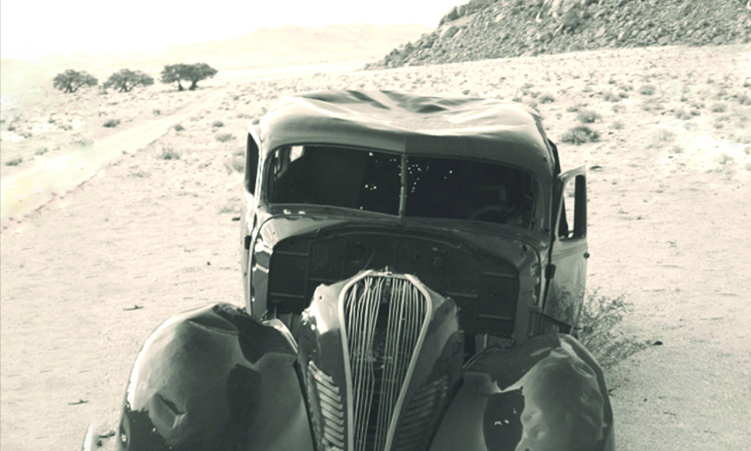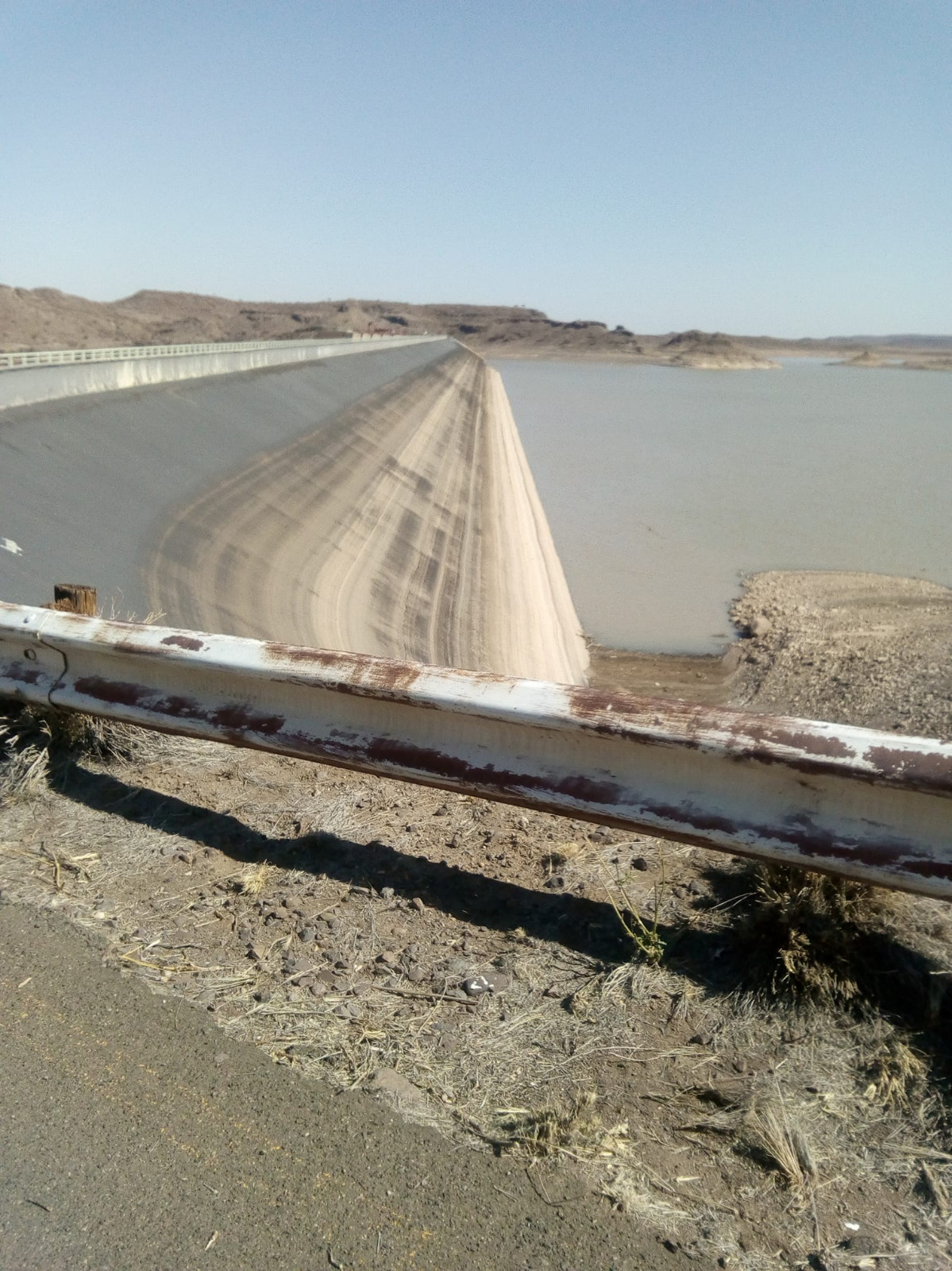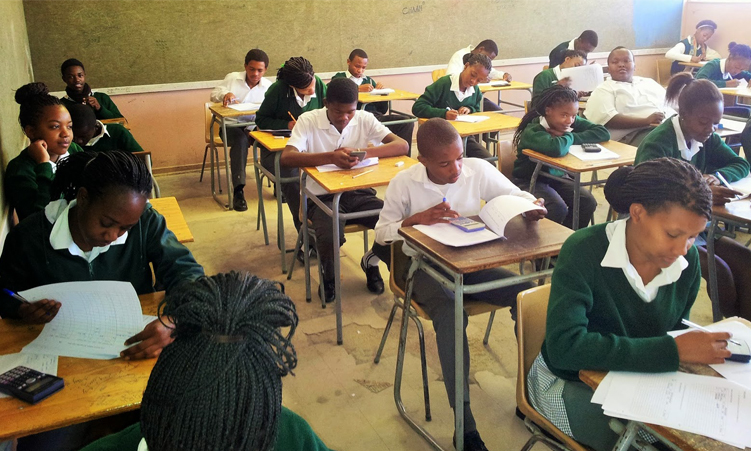Alongside a sandy track leading to Klein-Aus Vista’s Geisterschlucht Cabin, a rusted and bullet-ridden 1934 Hudson Terraplane rings with mystery.
As the story goes, the automobile belonged to two diamond smugglers who had stolen diamonds from the nearby Tsau IIKhaeb National Park, the restricted diamond area.
After a high-speed car chase, the diamond detectives caught up with them in Geisterschlucht (Ghost Valley) and a gunfight ensued in which the smugglers lost their lives.
The diamonds were never found. Some say the ghosts of the smugglers still haunt the valley on moonlit nights, searching for their lost diamonds.
Although the years have left their mark on the abandoned Terraplane, it still retains a dramatic presence with its large imposing grille and swooping lines, as did the vehicles in their day.
The Terraplanes, manufactured by the Hudson Motor Car Company of Detroit between 1932 and 1938, were made to be comfortable, stylishly streamlined, reliable and affordable.
In 1938 a Terraplane cost around $900 (N$16 000). It was risky to launch a new model of car during the Great Depression, but Hudson went ahead, giving the car a name that would appeal to the public’s interest in aviation at the time.
One of their more popular sale slogans was ‘On the sea that’s aquaplaning, in the air that’s aeroplaning, but on the land, in the traffic, on the hills, hot diggity dog, THAT’S TERRAPLANING’.
Famous aviator Amelia Earhart (the first female to fly solo across the Atlantic Ocean) helped to introduce the Terraplane at its launch on 21 July 1932. Aviation pioneer Orville Wright was one of the first people to purchase one.
The 1933 Terraplane had an optional eight-cylinder engine, making it one of the more powerful cars in the world and popular among gangsters of the time like Baby Face Nelson, John Dillinger and John Paul Chase, who appreciated its handling and acceleration.
Road tests showed that the car could accelerate from 0 to 60mph in 14,4 seconds and was particularly good on hill climbs – excellent performance for a 1930s automobile.
Being lighter than other cars and having a favourable power-to-weight ratio contributed to its sporty performance, while keeping the price down. In later models advanced engineering features were introduced, notably a self-starter, making ignition easier and safer, an ‘electric hand’ to change gears rather than using a floor shift and duo-automatic brakes offering both hydraulic and mechanical braking for emergencies. It could now reach a speed of 128km/h.
The Terraplane was produced in large numbers and retained its aeronautical name until 1938 when the name was phased out. During the years of production, the vehicles were also assembled under license in Canada, England, New Zealand, Australia and South Africa.
There are other stories of how the 1934 Terraplane got to Geisterschlucht although none are as exciting or as evocative as the one about the diamond smugglers.
Some say that the valley was a popular spot in the Aus hills regularly visited by the locals for a braai and kuier, and that the troublesome Terraplane, belonging to one of the visitors, caught fire and was abandoned.
Another theory suggests that the high grass which appears after good rainfall must have accumulated around the exhaust system and caught fire and that the shell of the burnt-out car was later used for target practice.
And perhaps they are true.
Stay informed with The Namibian – your source for credible journalism. Get in-depth reporting and opinions for
only N$85 a month. Invest in journalism, invest in democracy –
Subscribe Now!









